

![]() by Falkasia » Wed Jul 31, 2019 6:43 pm
by Falkasia » Wed Jul 31, 2019 6:43 pm

![]() by Falkasia » Wed Jul 31, 2019 6:47 pm
by Falkasia » Wed Jul 31, 2019 6:47 pm
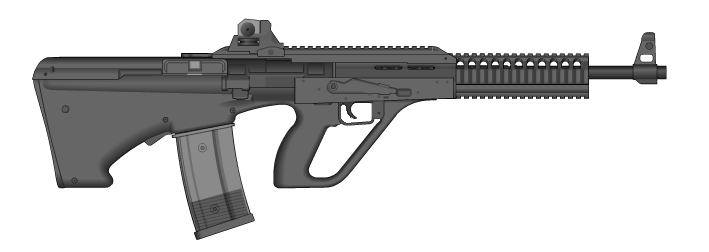
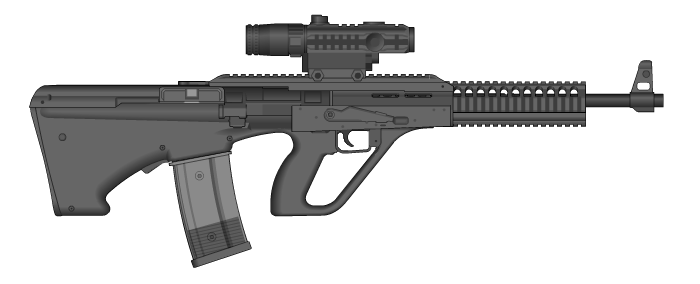

![]() by Falkasia » Wed Jul 31, 2019 7:17 pm
by Falkasia » Wed Jul 31, 2019 7:17 pm
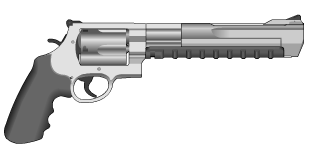


![]() by Falkasia » Wed Jul 31, 2019 7:18 pm
by Falkasia » Wed Jul 31, 2019 7:18 pm
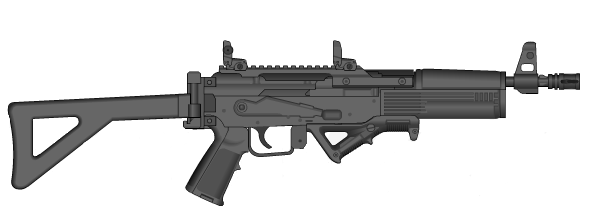


![]() by Falkasia » Wed Jul 31, 2019 7:18 pm
by Falkasia » Wed Jul 31, 2019 7:18 pm


![]() by Falkasia » Wed Jul 31, 2019 8:29 pm
by Falkasia » Wed Jul 31, 2019 8:29 pm
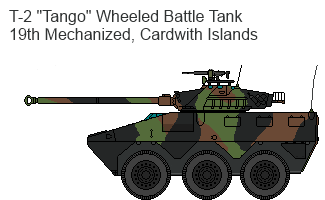

![]() by Falkasia » Wed Jul 31, 2019 8:33 pm
by Falkasia » Wed Jul 31, 2019 8:33 pm
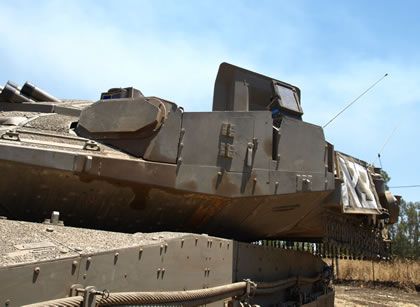

![]() by Falkasia » Sat Aug 03, 2019 8:54 am
by Falkasia » Sat Aug 03, 2019 8:54 am

![]() by Falkasia » Sat Aug 03, 2019 9:00 am
by Falkasia » Sat Aug 03, 2019 9:00 am
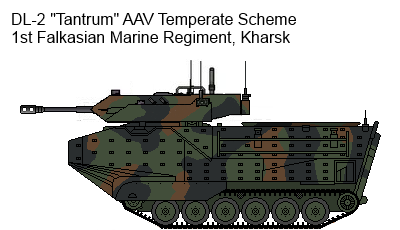
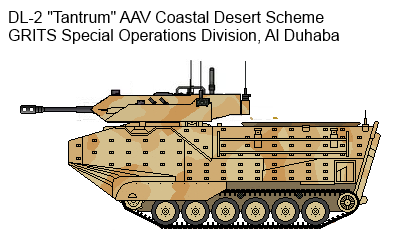

![]() by Falkasia » Tue Aug 06, 2019 6:36 pm
by Falkasia » Tue Aug 06, 2019 6:36 pm
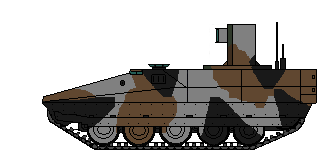

![]() by Falkasia » Wed Aug 14, 2019 8:28 pm
by Falkasia » Wed Aug 14, 2019 8:28 pm
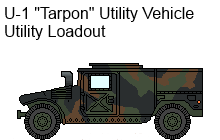

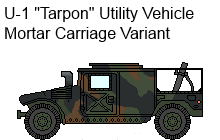
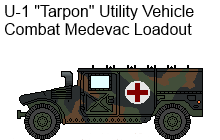
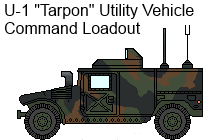
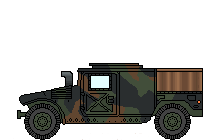

![]() by Falkasia » Sun Aug 18, 2019 10:24 am
by Falkasia » Sun Aug 18, 2019 10:24 am


![]() by Falkasia » Sun Aug 18, 2019 10:27 am
by Falkasia » Sun Aug 18, 2019 10:27 am


![]() by Falkasia » Sun Aug 18, 2019 10:29 am
by Falkasia » Sun Aug 18, 2019 10:29 am


![]() by Falkasia » Sun Aug 18, 2019 10:30 am
by Falkasia » Sun Aug 18, 2019 10:30 am


![]() by Falkasia » Sun Aug 18, 2019 10:32 am
by Falkasia » Sun Aug 18, 2019 10:32 am

![]() by Falkasia » Sat Oct 26, 2019 11:27 am
by Falkasia » Sat Oct 26, 2019 11:27 am

![]() by Falkasia » Sat Oct 26, 2019 11:28 am
by Falkasia » Sat Oct 26, 2019 11:28 am

![]() by Falkasia » Sat Oct 26, 2019 11:30 am
by Falkasia » Sat Oct 26, 2019 11:30 am

![]() by Falkasia » Sat Oct 26, 2019 11:33 am
by Falkasia » Sat Oct 26, 2019 11:33 am


![]() by Falkasia » Sat Oct 26, 2019 11:35 am
by Falkasia » Sat Oct 26, 2019 11:35 am

![]() by Falkasia » Sat Oct 26, 2019 11:39 am
by Falkasia » Sat Oct 26, 2019 11:39 am
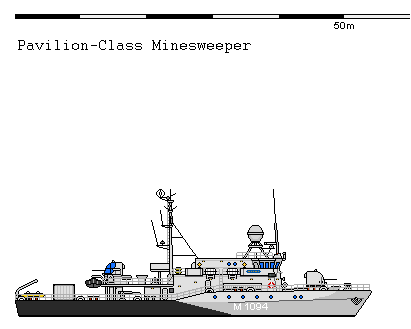

![]() by Falkasia » Sat Oct 26, 2019 11:41 am
by Falkasia » Sat Oct 26, 2019 11:41 am

![]() by Falkasia » Sat Oct 26, 2019 11:44 am
by Falkasia » Sat Oct 26, 2019 11:44 am

![]() by Falkasia » Sat Oct 26, 2019 11:47 am
by Falkasia » Sat Oct 26, 2019 11:47 am
Advertisement
Return to Global Economics and Trade
Users browsing this forum: No registered users
Advertisement